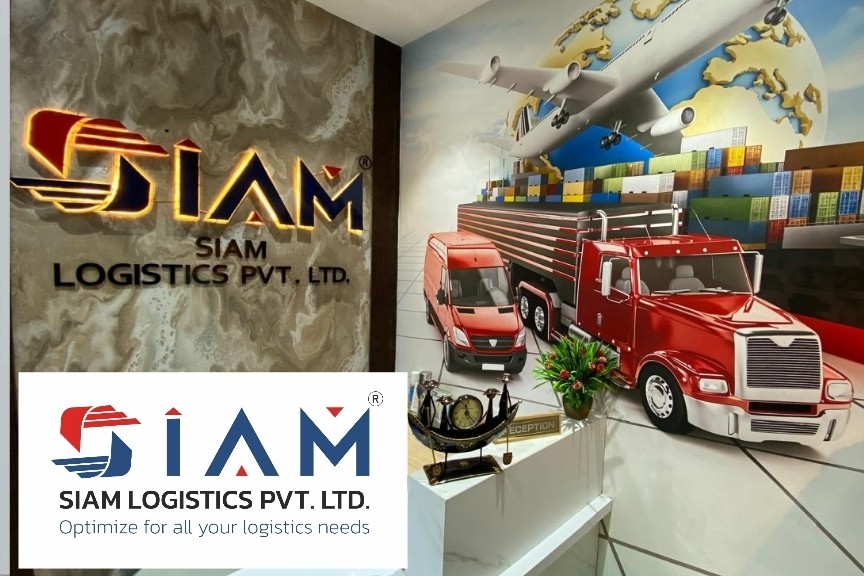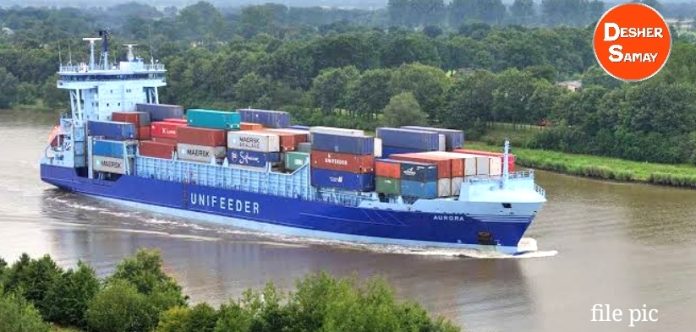
In a major boost to India’s inland logistics ecosystem, the Inland Waterways Authority of India (IWAI) has achieved a historic milestone by moving 145.5 million tonnes (MMT) of cargo on National Waterways in FY 2024-25 — the highest-ever recorded in India’s Inland Water Transport (IWT) sector. This marks a remarkable leap in cargo movement, up from just 18.1 MMT in FY 2013-14, translating to a CAGR of 20.86% over the past decade.
But this isn’t just about numbers — it’s about a shifting mindset in Indian logistics.

More Waterways, More Opportunity
In 2024-25, the number of operational waterways increased from 24 to 29, creating a stronger, more interconnected inland water network across the country. These expansions mean more access points for businesses, lower transportation costs, and greener freight movement.
What’s Driving the Surge?
The rise in cargo movement is powered by proactive government initiatives and key policy shifts:
ITop Moved Commodities: Coal, iron ore, sand, fly ash, and iron ore fines made up more than 68% of total cargo, reflecting industry reliance on waterways for bulk transportation.
Year-on-Year Growth: The cargo volume rose by 9.34% over the previous fiscal, showing strong momentum.
JalVahak Scheme: Making Waterways Attractive
To promote a modal shift from road and rail to waterways, the JalVahak Scheme was launched in December. It offers 35% reimbursement of actual operating costs for cargo moved via waterways — making it an economical and eco-friendly choice for cargo owners.
Scheduled services under JalVahak are already operating on key routes like NW-1 (Ganga), NW-2 (Brahmaputra), and NW-16 (Sundarbans) through the Indo-Bangladesh Protocol route. This initiative is expected to divert 800 million tonne-kilometers of cargo to the IWT network — about 17% of the current total.
One-Click Approvals for Waterway Infrastructure
A new digital portal now streamlines approvals for setting up jetties and terminals on National Waterways. Under the National Waterways (Construction of Jetties/Terminals) Regulations, 2025, private and public players can obtain a No Objection Certificate (NOC) seamlessly — opening the door for massive private sector participation in waterway infrastructure.
Other Key Initiatives Fueling Growth
Fairway Development: Dredging and channel marking to ensure navigability across critical routes.
Ro-Ro and Ro-Pax Services: Enabling movement of both vehicles and passengers across rivers.
Digital Innovations: Platforms like CAR-D, PANI, JALYAAN, NAVIC, and Naudarshika are making vessel registration, navigation, and tracking easier and more efficient.
Night Navigation & Locks: Infrastructure upgrades now allow for 24/7 operations on key stretches.
Why This Matters
The inland waterways network is being reshaped into a sustainable, cost-effective alternative to traditional freight modes. Backed by the vision of Prime Minister Narendra Modi and the leadership of Shipping Minister Sarbananda Sonowal, IWAI is transforming IWT into a reliable pillar of India’s transportation system.
As India expands capacity on high-priority corridors like NW-1 (Ganga), NW-2 (Brahmaputra), NW-3 (Kerala backwaters), and NW-16 (Sundarbans), the message is clear: the future of freight in India is not just on roads or rails — it’s also on rivers.




